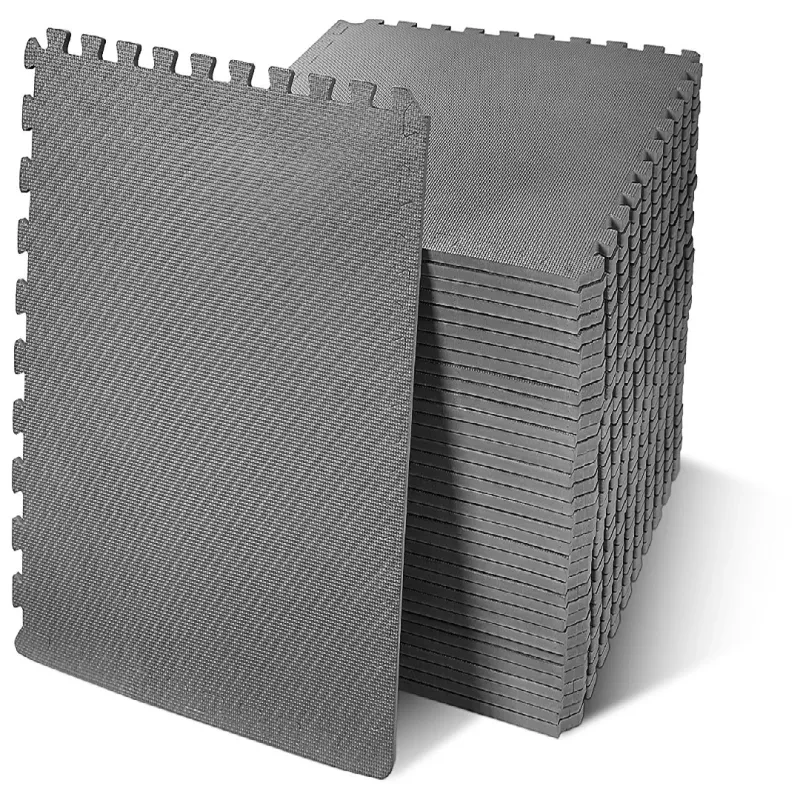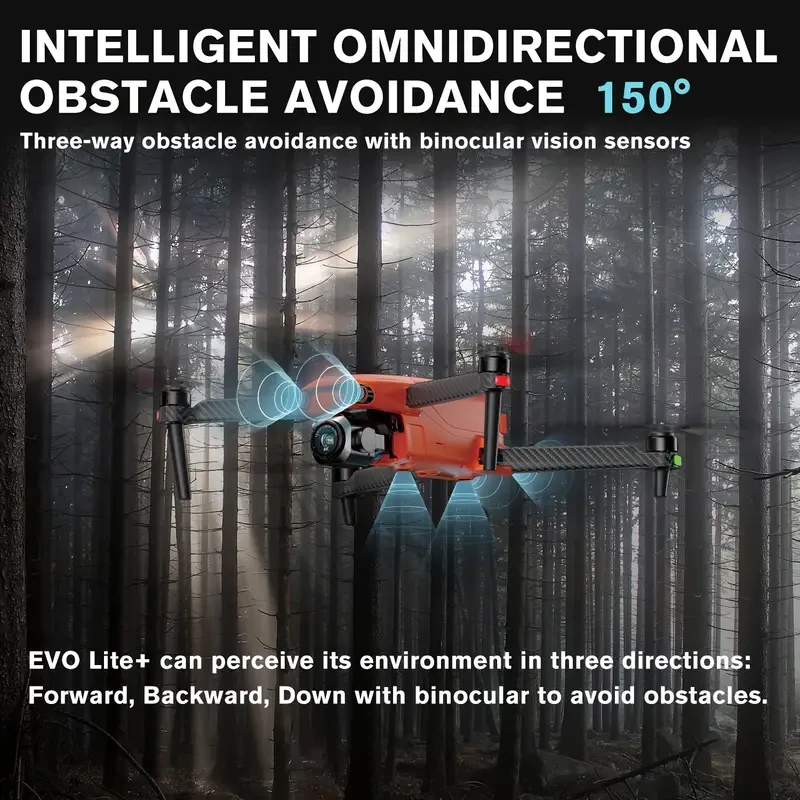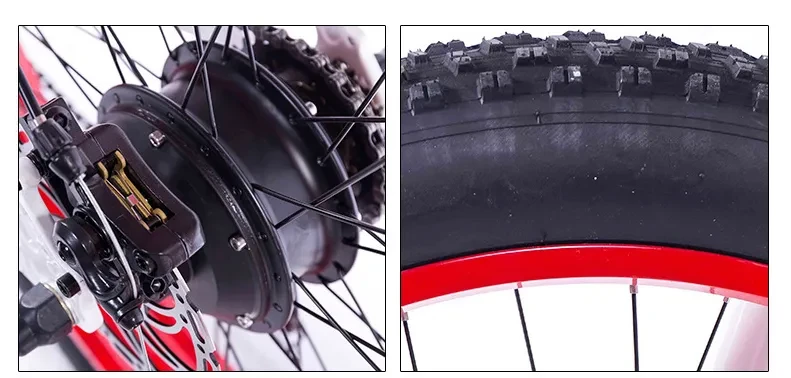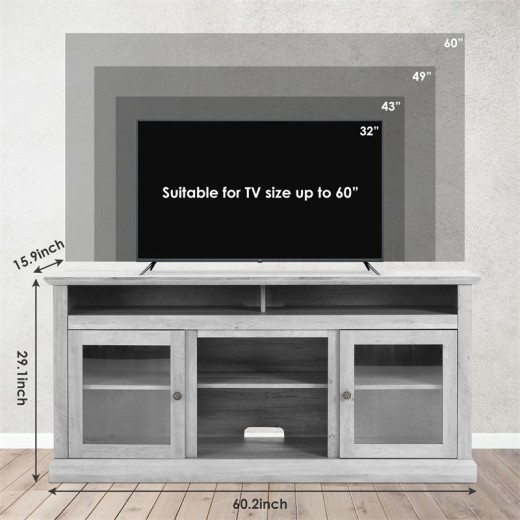
home weather station
Whether double-sided: single-sided
style: Casual
Appearance: Rectangular
Applicable places: study, office, bedroom, living room, kitchen
Display Type: Number
Display type: LCD
Special features: humidity measurement, week display, alarm, perpetual calendar, decoration, month display, weather forecast, moon phase,
thermometer, calendar, moon phase display, 24-hour indication
Waterproof: No
Power type: external power supply
Movement type: Electronics
Size: 16.5cm*6cm*13cm
Thickness: 6cm
Shell material: plastic
Case material: plastic
Mirror material: coated glass
Dial material: plastic
Product features -
(1) can be ordered with DCF/WWVB/MSF automatic timing function; with European regulations, US regulations, British standard 3 specifications adapter
(2) alarm clock, 5 to 60 minutes snooze function
(3) Time (12HR/24HR), date and week (7 languages) display
(4) 12-month phase (can be selected for positive or negative jumper)
(5) Level 5 indoor climate comfort display
(6) 6 weather forecasts (sunny, cloudy, cloudy, light rain, heavy rain, snowy days) and weather trends
(7) Temperature detection -
Indoor: -9.9 ° C ~ 50 ° C (15 ° F ~ 122 ° F)
Outdoor: -20 ° C ~ +60 ° C (-4 ° F ~ 140 ° F)
Resolution: 0.1 ° C (0.1 ° F)
Humidity detection -
Indoor/outdoor: 20% RH ~ 95% RH
Resolution: 1% RH
Air pressure detection -
600hPa/mb~1100hPa/mb (17.72inHg~32.48inHg)
Resolution: 1hPa/mb (0.03inHg)
(8) Outdoor high and low temperature and frost point alarm function
(9) Temperature & humidity trend display
(10) Record of maximum and minimum indoor and outdoor temperature and humidity
(11) Pressure trend graph display in the past 24 hours
(12) Backlight -
DC power supply: backlight is level 4 (highlighted / medium bright / low light / no light)
Battery powered: lit for 15 seconds
(13) Can be connected to the stand-up wireless outdoor sensor (433.92MHz RF sensing frequency, 60 meters sensing range, waterproof)
(14) Power supply: 2 × LR6 "AA" battery / DC 5V power supply
Specifications introduction -
(1) Packing size: 16.5*6*13 cm
(2) Packing weight: 460g
Regular packing list: 1* weather clock, 1*USB power cord, 1* sensor, 1* English description
Home Weather Station: A Comprehensive Guide for Tracking Local Weather Conditions
A home weather station is a device designed to measure various weather-related parameters, providing real-time data about the environmental conditions around your home. Whether you're a weather enthusiast, a gardener, or someone who simply wants to be more informed about their local climate, a weather station is an invaluable tool. These systems range from basic units that track temperature and humidity to advanced setups that monitor wind speed, rainfall, barometric pressure, and more.
Key Components of a Home Weather Station
-
Temperature Sensor
- Function: Measures the ambient temperature of the environment.
-
Importance: Essential for knowing how hot or cold it is outside, which can influence daily activities or gardening.
- Function: Measures the ambient temperature of the environment.
-
Humidity Sensor
- Function: Monitors the moisture level in the air.
-
Importance: Useful for tracking comfort levels, potential for mold growth, or determining watering needs for plants.
- Function: Monitors the moisture level in the air.
-
Wind Speed and Direction Sensors
- Function: Measures the speed and direction of the wind.
-
Importance: Important for determining outdoor conditions, particularly for those living in areas prone to strong winds or
for activities like sailing or cycling.
- Function: Measures the speed and direction of the wind.
-
Rain Gauge
- Function: Measures the amount of rainfall over a given period.
-
Importance: Ideal for monitoring precipitation patterns, especially for gardening, farming, or water conservation efforts.
- Function: Measures the amount of rainfall over a given period.
-
Barometric Pressure Sensor
- Function: Measures the air pressure in the atmosphere.
- Importance: Helps predict weather patterns, such as upcoming storms or changes in the weather.
- Function: Measures the air pressure in the atmosphere.
-
Solar Radiation Sensor (Optional)
- Function: Measures the intensity of sunlight.
- Importance: Useful for solar energy enthusiasts or for understanding UV exposure levels.
- Function: Measures the intensity of sunlight.
Types of Home Weather Stations
-
Basic Weather Stations
-
These units usually include a temperature and humidity sensor and provide simple readings on a digital display. They are ideal for those
looking for straightforward weather information without advanced features.
- Example: Temperature and humidity monitor with an indoor/outdoor display.
-
These units usually include a temperature and humidity sensor and provide simple readings on a digital display. They are ideal for those
looking for straightforward weather information without advanced features.
-
Advanced Weather Stations
-
More advanced systems typically include sensors for wind speed, direction, rainfall, barometric pressure, and even solar radiation. These
stations often offer wireless connectivity to allow data collection via apps or cloud storage.
-
Example: A 5-in-1 weather station that monitors temperature, humidity, wind speed, direction, and rainfall, with Wi-Fi and
app integration for remote access.
-
More advanced systems typically include sensors for wind speed, direction, rainfall, barometric pressure, and even solar radiation. These
stations often offer wireless connectivity to allow data collection via apps or cloud storage.
-
Professional Weather Stations
-
These are top-tier systems designed for high accuracy and data collection. They are often used by meteorologists, researchers, and serious
weather enthusiasts. These stations offer advanced features, including lightning detection, long-range sensors, and customizable settings.
-
Example: Davis Vantage Pro2 with high accuracy sensors and optional weather-link software for online data tracking.
-
These are top-tier systems designed for high accuracy and data collection. They are often used by meteorologists, researchers, and serious
weather enthusiasts. These stations offer advanced features, including lightning detection, long-range sensors, and customizable settings.
Benefits of a Home Weather Station
-
Accurate Local Weather Data
-
Unlike general weather forecasts, a home weather station provides real-time, hyper-local data that reflects the conditions in your exact
location. This is ideal for activities like gardening, outdoor sports, or travel planning.
-
Unlike general weather forecasts, a home weather station provides real-time, hyper-local data that reflects the conditions in your exact
location. This is ideal for activities like gardening, outdoor sports, or travel planning.
-
Better Weather Forecasting
-
By analyzing patterns over time, you can predict short-term weather changes, such as upcoming rain or wind, without relying on external
forecasts.
-
By analyzing patterns over time, you can predict short-term weather changes, such as upcoming rain or wind, without relying on external
forecasts.
-
Remote Monitoring
-
Many modern weather stations connect to Wi-Fi and allow you to monitor conditions from anywhere through apps or websites. This is
particularly convenient for checking the weather when you're not at home.
-
Many modern weather stations connect to Wi-Fi and allow you to monitor conditions from anywhere through apps or websites. This is
particularly convenient for checking the weather when you're not at home.
-
Climate Tracking for Gardeners and Farmers
-
Accurate weather readings are crucial for gardeners or small-scale farmers to determine when to plant, water, or harvest crops. A weather
station helps track changes in temperature, rainfall, and humidity levels.
-
Accurate weather readings are crucial for gardeners or small-scale farmers to determine when to plant, water, or harvest crops. A weather
station helps track changes in temperature, rainfall, and humidity levels.
-
Data Collection for Research
-
Home weather stations are useful tools for those interested in tracking weather patterns over time, whether for personal interest or
educational purposes. Some stations allow for sharing data with weather networks to contribute to larger research efforts.
-
Home weather stations are useful tools for those interested in tracking weather patterns over time, whether for personal interest or
educational purposes. Some stations allow for sharing data with weather networks to contribute to larger research efforts.
Key Features to Look for in a Home Weather Station
-
Wireless Connectivity
-
Many modern weather stations offer Wi-Fi or Bluetooth connectivity to sync data to smartphones or cloud-based platforms. This allows for
easy tracking and data analysis from anywhere.
-
Many modern weather stations offer Wi-Fi or Bluetooth connectivity to sync data to smartphones or cloud-based platforms. This allows for
easy tracking and data analysis from anywhere.
-
User-Friendly Display
-
Look for a weather station that has a clear, easy-to-read display, either on the unit itself or via a connected app. Some stations feature
touchscreens, while others display data on traditional LCD or LED screens.
-
Look for a weather station that has a clear, easy-to-read display, either on the unit itself or via a connected app. Some stations feature
touchscreens, while others display data on traditional LCD or LED screens.
-
Accuracy and Calibration
-
Make sure the station you choose provides accurate readings. High-end weather stations often allow for calibration of sensors to ensure
precision in readings.
-
Make sure the station you choose provides accurate readings. High-end weather stations often allow for calibration of sensors to ensure
precision in readings.
-
Data Logging and History
-
If you're interested in tracking weather trends over time, choose a station that stores historical data and allows for detailed logging.
This feature is useful for understanding long-term weather patterns.
-
If you're interested in tracking weather trends over time, choose a station that stores historical data and allows for detailed logging.
This feature is useful for understanding long-term weather patterns.
-
Solar-Powered or Battery-Operated
-
Many weather stations are solar-powered, making them eco-friendly and low-maintenance. However, others may require regular battery changes
or connection to an AC power source.
-
Many weather stations are solar-powered, making them eco-friendly and low-maintenance. However, others may require regular battery changes
or connection to an AC power source.
Conclusion
A home weather station is a powerful tool that provides valuable insights into local weather conditions, enhancing your ability to plan daily activities, protect your home, and even engage in hobbies like gardening. Whether you're seeking a basic model for temperature and humidity or an advanced system with multiple sensors, there’s a weather station to fit your needs and budget. With the added convenience of app integration and real-time monitoring, these devices are a fantastic way to stay informed about your local environment.
The product may be provided by a different brand of comparable quality.
The actual product may vary slightly from the image shown.
Shop amazing plants at The Node – a top destination for plant lovers






















.jpg)
















































ulva-Logo.jpg)
